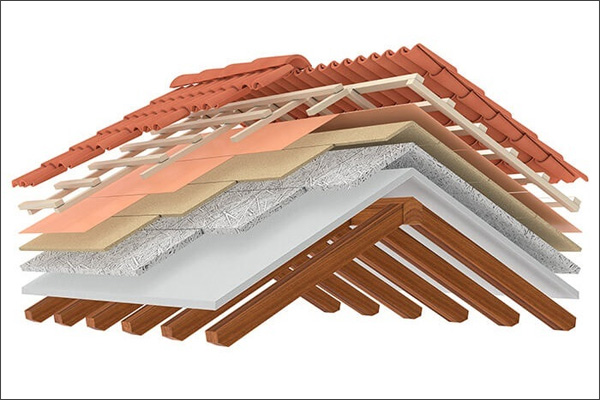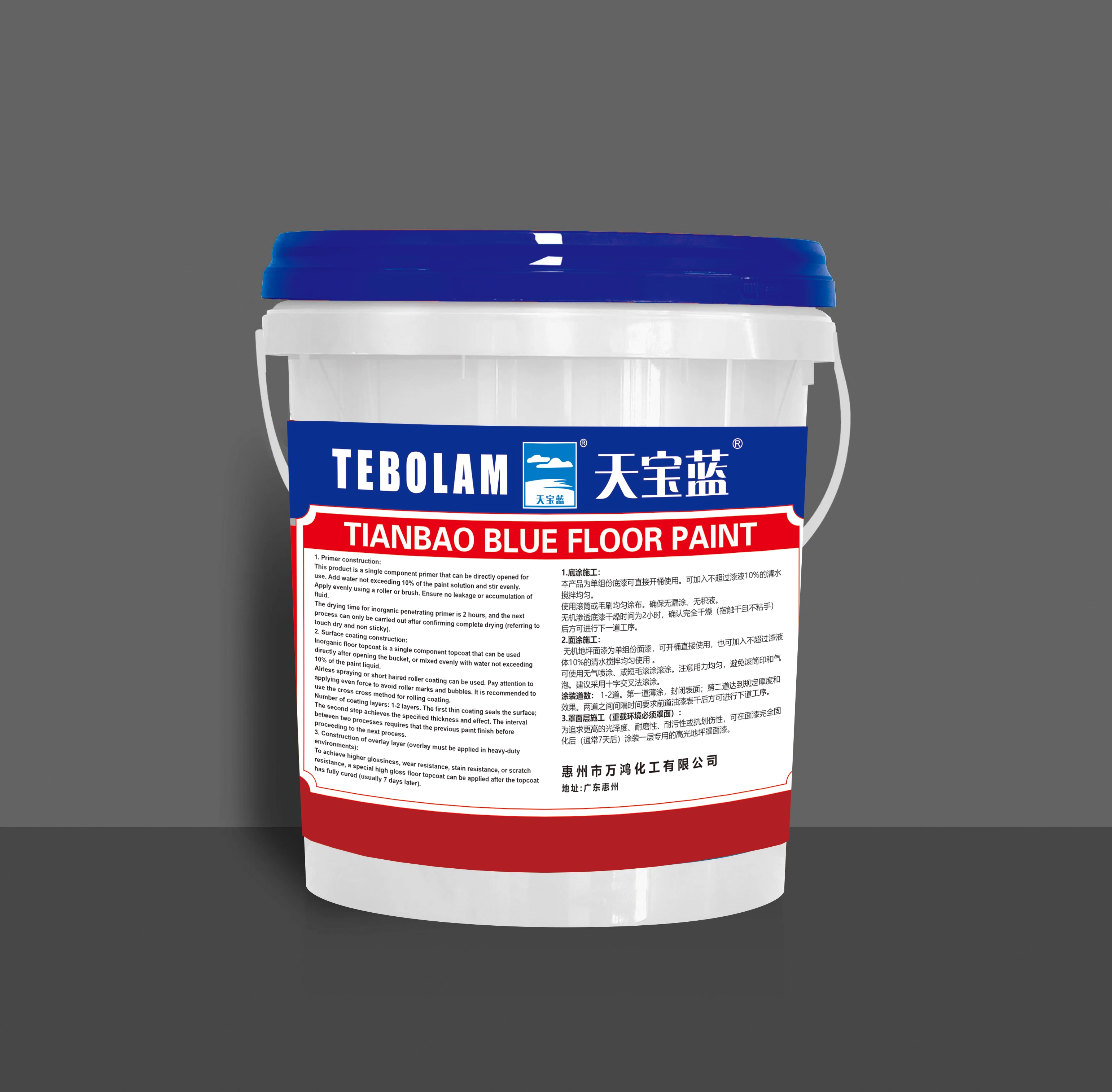Rockwool, a widely used insulation material, has gained popularity in various industries due to its excellent thermal and acoustic properties. However, like any other product, it is essential to understand its disadvantages to make informed decisions. In this article, we will delve into the drawbacks of Rockwool, shedding light on its potential limitations and offering insights for consideration.
- Health and Safety Concerns:
While Rockwool is generally considered safe, there are a few health and safety concerns associated with its usage. The fibers in Rockwool can cause skin and respiratory irritation if proper protective measures are not taken during installation. Additionally, prolonged exposure to these fibers may lead to more severe health issues, such as lung diseases. It is crucial to follow safety guidelines and wear appropriate protective gear when handling Rockwool. - Environmental Impact:
Rockwool production involves high energy consumption and the release of greenhouse gases. The raw materials used, such as basalt rock and coke, require significant amounts of energy during extraction and processing. Furthermore, the manufacturing process emits carbon dioxide and other pollutants into the atmosphere. As environmental consciousness grows, it is important to consider the ecological footprint of Rockwool and explore alternative insulation materials with lower environmental impact. - Moisture Absorption and Mold Growth:
One of the disadvantages of Rockwool is its tendency to absorb moisture. If not properly installed or protected, Rockwool can become a breeding ground for mold and mildew. This can lead to potential health hazards and damage to the structure it is meant to insulate. Proper moisture barriers and ventilation systems should be implemented to mitigate this risk. - Limited Acoustic Performance:
While Rockwool is known for its excellent thermal insulation properties, its acoustic performance may not be as impressive. It may not effectively reduce airborne sound transmission, especially at lower frequencies. In applications where noise reduction is a primary concern, alternative acoustic insulation materials may be more suitable. - Handling and Installation Challenges:
Rockwool's rigid and brittle nature can make it challenging to handle and install, especially in tight or irregular spaces. Cutting and shaping Rockwool to fit specific areas can be time-consuming and labor-intensive. Additionally, its high density can make it heavy, requiring proper support and structural considerations during installation.
Conclusion:
Rockwool undoubtedly offers numerous advantages as an insulation material, but it is crucial to be aware of its disadvantages. Health and safety concerns, environmental impact, moisture absorption, limited acoustic performance, and handling challenges are important factors to consider when choosing insulation materials. By understanding these drawbacks, individuals and industries can make informed decisions and explore alternative options that better suit their specific needs and requirements.




More Stories
Tebolam Penetrating Primer Makes a Grand Debut: Unlocking Multi-Scenario Protection Solutions
Common Causes of Foundation Settlement in the Gulf Region
Safety First: Essential Features of Heavy Duty Storage Racks